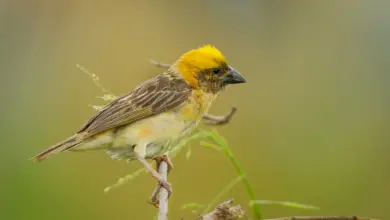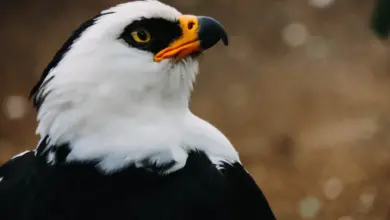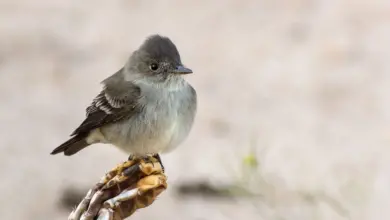Black-necked Weavers
The Black-necked Weavers (Ploceus nigricollis) occurs naturally in much of tropical Africa from Senegal and northern Angola east to southern Sudan and Tanzania, where it remains year-round. It inhabits forests, especially in wet habitats.
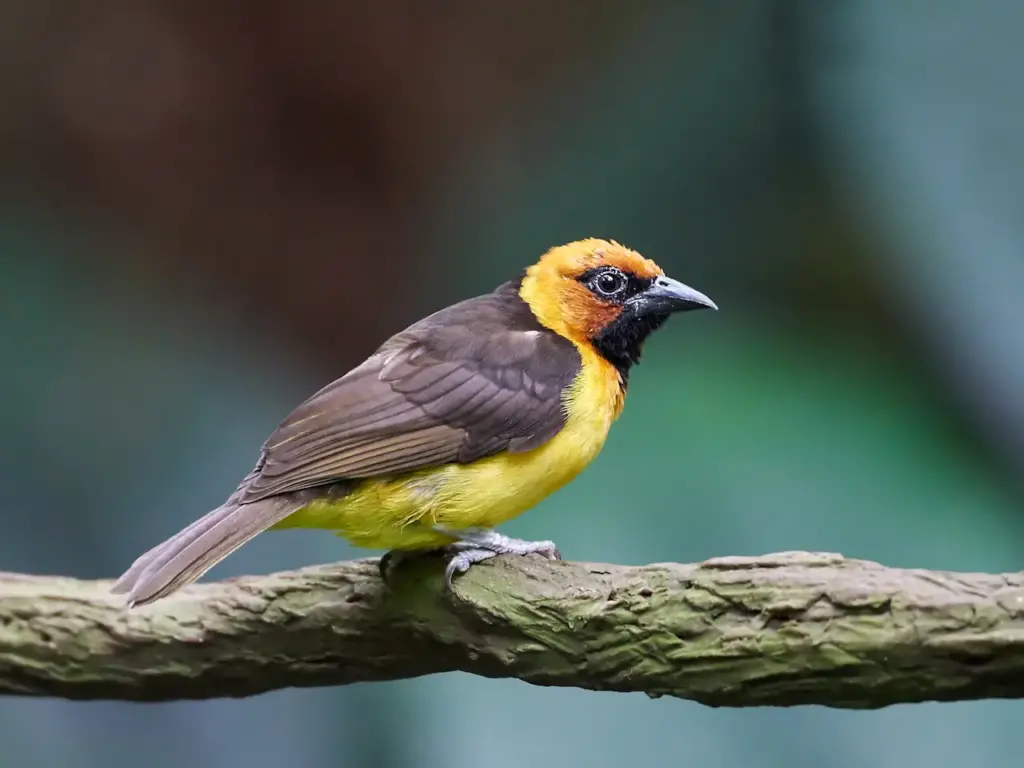
Nesting / Breeding
It builds a large coarsely woven nest made of grass and creepers with a 15cm downward-facing entrance tunnel hanging from the globular egg chamber.
The nest is suspended from a branch in a tree and 2-3 eggs are laid. It nests in pairs but forms small flocks when not breeding.
Weaver Information and Species Listing … Weaver Photo Gallery
Description
The Black-necked Weavers is a stocky 16cm bird with a strong conical bill.
The adult male of the northern race has olive upperparts and wings, and yellow underparts and head. It has a black eyemask and bib, and a pale yellow iris. The non-breeding male has a yellow head with an olive crown, grey upperparts, and whitish. The wings remain yellow and black.
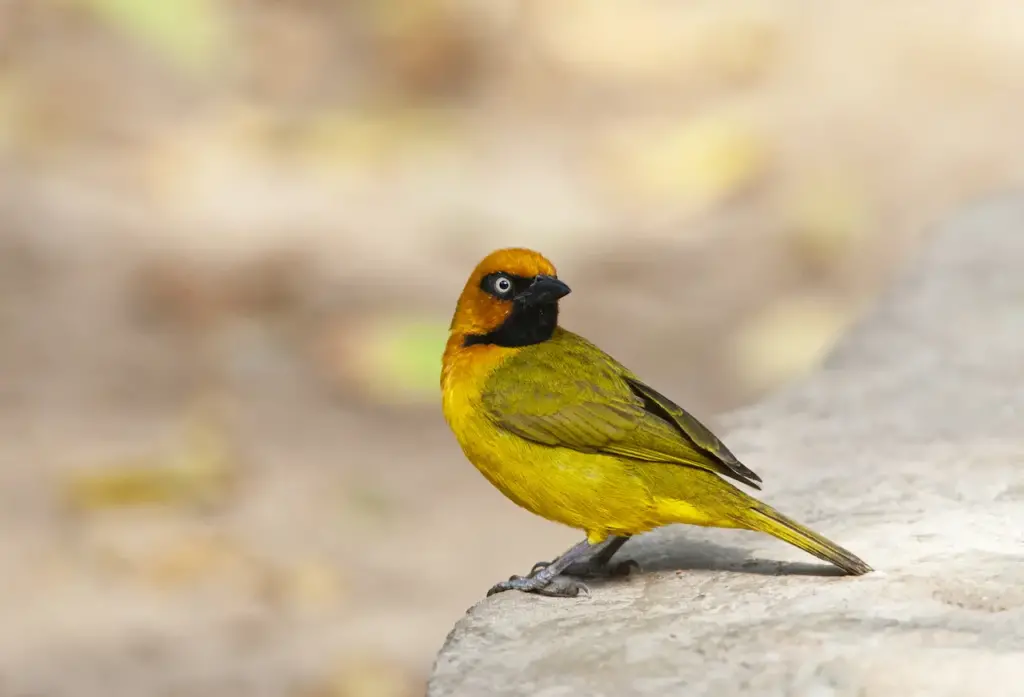
The adult female also has olive upper parts and wings, yellow underparts, and a head. It has a black eyemask but no bib.
The southern race from Nigeria eastwards has almost black upperparts and tails.
Diet / Feeding
The Black-necked Weaver feeds on insects and vegetable matter.
Calls / Vocalization
Its calls are described as a wheezing dew-dew-twee.

